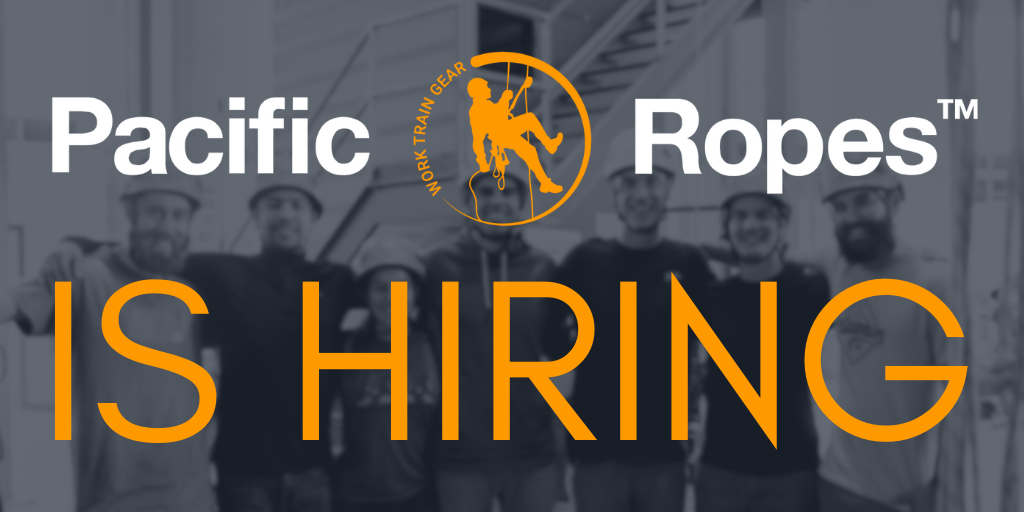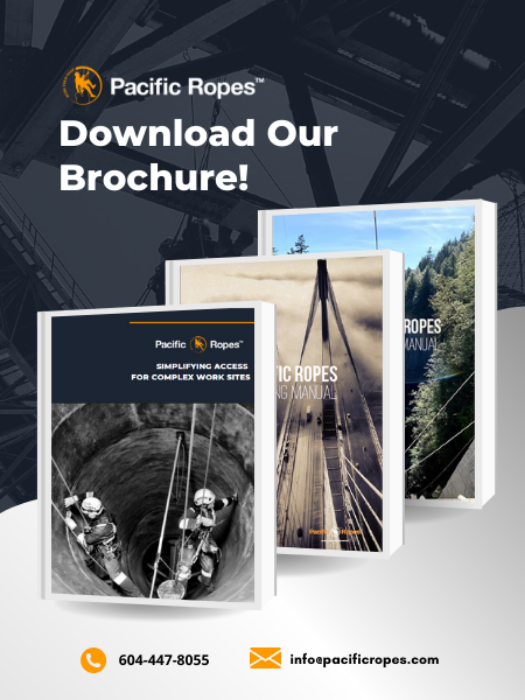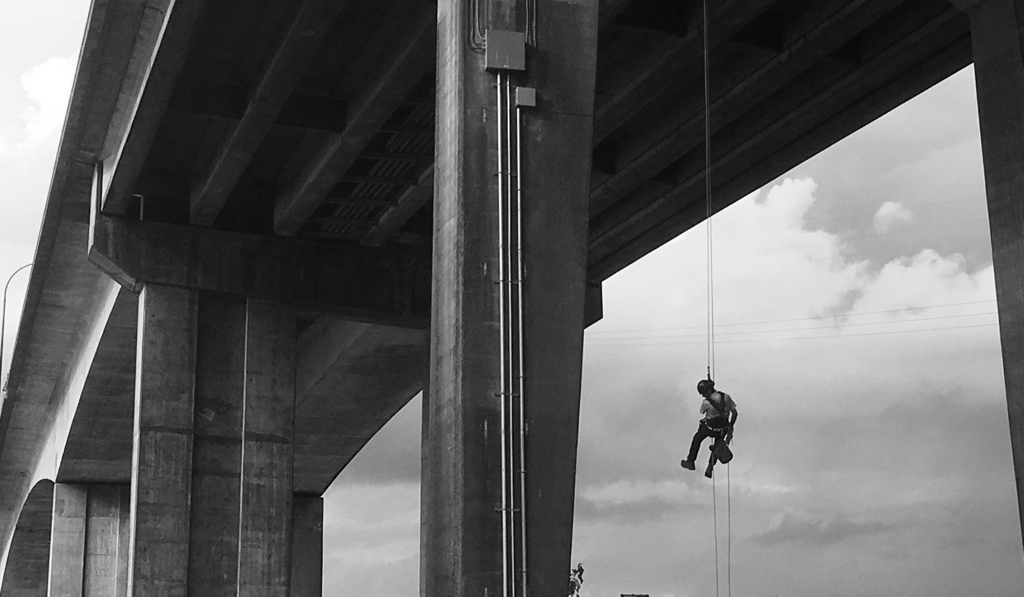
What are some of your immediate word associations with this photo? Most would initially comment on the danger, hazardous, perhaps even thrilling nature of this work. I have had various conversations with Safety Managers, Site Supervisors, and Project Managers who are a little hesitant of the capabilities and safety precautions of utilizing rope access. Rope access methods are being adopted more commonly on various industrial and commercial work sites but the understanding of how it works is still in its infancy. To help you further your understanding, this blog will explain 5 ways to identify safe rope access work. Whether your team is starting to incorporate rope access internally or, using a third party Rope Access company, understanding these 5 protocols will help you identify if rope access is being executed safely or not.
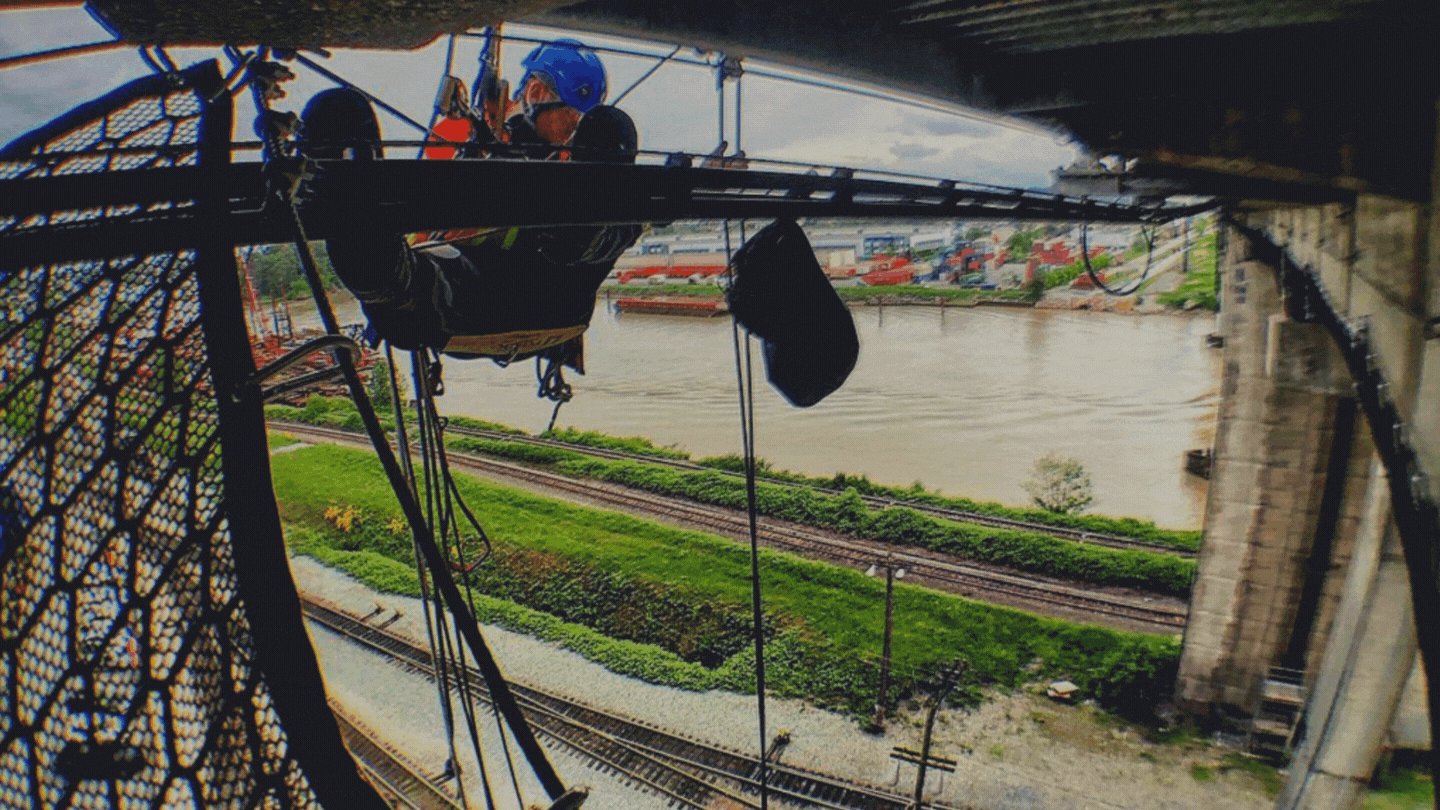
1) Rope Access Written Procedures
The first component to consider are the Rope Access written procedures. Before any team can utilize rope access, a written program must be in place. Similar to an OHS Program, rope access written procedures and forms initiate the action plan to identify the hazards, control procedures, safety responsibilities, and emergency protocols surrounding the use of rope access. Some examples of these procedures include:
- Rope Access Operating Procedures
- Rope Access Risk Assessment
- Method Statements
- Rope Access Plan and Rescue Plan
- Daily Field Level Risk Assessment
- Safe Work Practices
If you are involved with a rope access team, ensure that these documents are in place and are completed to the requirements outlined in IRATA or SPRAT documents. IRATA and SPRAT are the two main rope access association certifications utilized in North America. Both associations have published standard rope access practices that have become industry norm and are recognized by local legislation if that legislation exists in the jurisdiction.
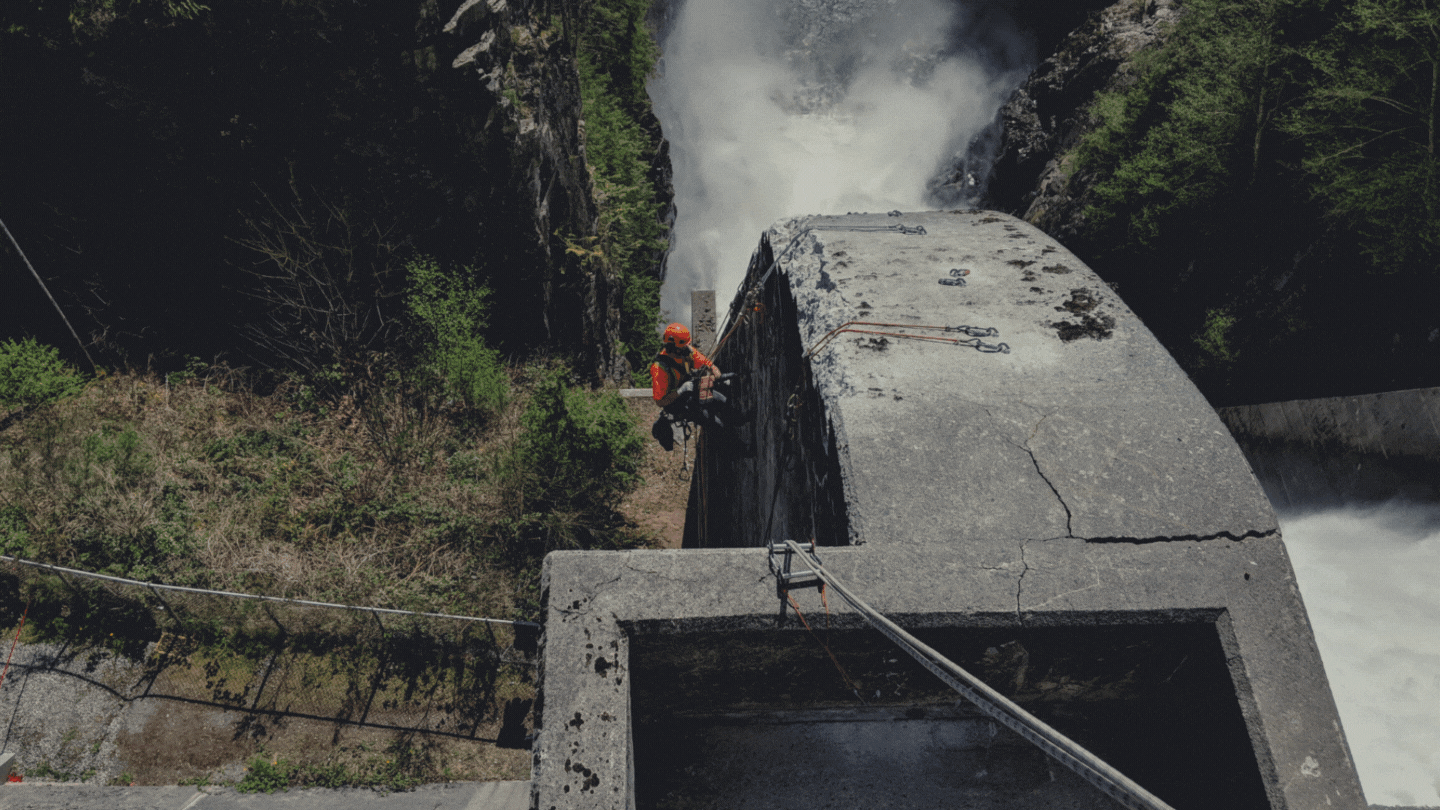
2) Principle of Double Protection
The second component to recognize is the law of redundancy when it comes to rope access. Contrary to popular belief, there is a method to this madness of executing skilled trades on rope. The requirement for redundancy is the foundation of the rope access system. Everything from how a technician is attached to their ropes to how the ropes are attached to the anchors is executed around the principle of double protection, which is the heart and foundation of rope access. Essentially, there is always the provision of at least one additional means of protection. The principle of double protection is anchored in all aspects of the rope access system including but not limited to:
• Anchor requirements
• Anchor and rigging protection
• Technician equipment
• Rope Access maneuvers
• Rescue procedures
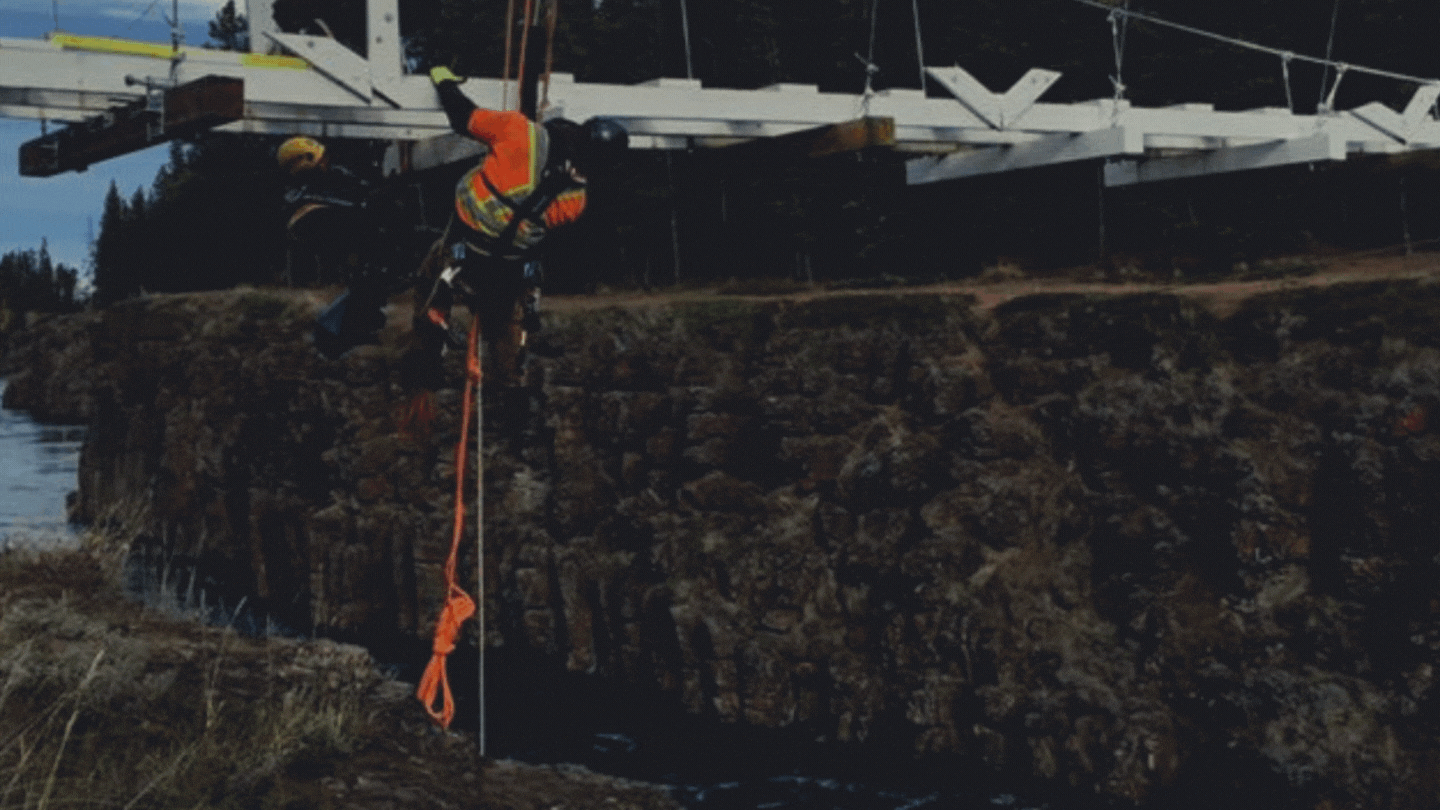
3) Rope Access Training
The third process to consider is technician training. In North America, rope access training is governed by two associations, IRATA (Industrial Rope Access Trade Association) and SPRAT (Society of Professional Rope Access Technicians). These associations are not related but have become industry standard for rope access certification.
Regardless, both associations provides a standard of rope access training that falls in line with the principle of double protection. Both IRATA and SPRAT training systems have three levels of certification. For level 1 training, a person learns the basics of a rope access system and can maneuver themselves within a double rope system. Level 2 training encompasses advance rigging and rescue scenarios. Level 3 training further expands the rigging and rescue capabilities and is designed to prepare someone to lead a rope access team as a Supervisor (with additional supervisor training of course). Regardless of the minor syllabus differences between IRATA and SPRAT, both programs of certification share procedures that ultimately ensure rope access technicians meet a certain standard of safety, if successful in receiving their certification.
First, all levels require a third party examinations. The Assessor or Evaluator are examination representatives of either IRATA or SPRAT and have the necessary experience, qualifications, and training to be Assessors/Evaluators. They are not involved with the training process nor do they have invested interests in the training companies. This ensures impartial assessments that are based solely on the candidates’ abilities to execute all syllabus requirements.
Secondly, in order to advance levels, all technicians are required to log a certain number of rope access hours that are signed off by a Supervisor or Manager. Technicians are also required to serve a minimum time frame to ensure they have the necessary work experience before upgrading.
Lastly, certifications must be renewed every three years to ensure skills are refreshed and up to date. A recertification requires the technician to attend the full training course and assessment again.
If you are involved with a rope access team or thinking about incorporating rope access, ensure all technicians involved have current IRATA or SPRAT certifications.
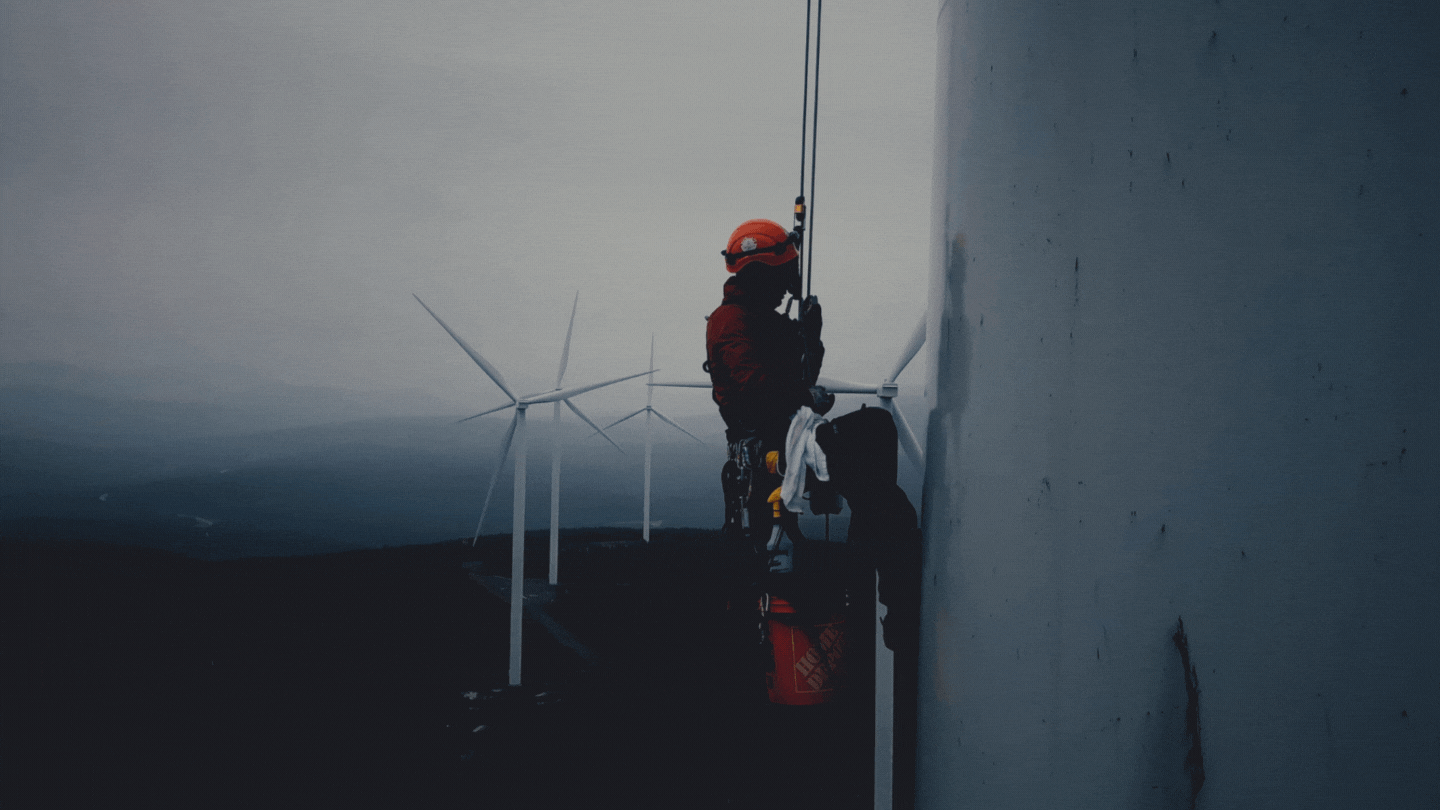
4) Rope Access Supervisors
The fourth procedure implemented in any rope access work is the requirement for Level 3 Rope Access Supervisors to plan and lead the rope access work. These individuals should have a level 3 rope access certification and have experience managing a team in a supervisory role. In addition to the Level 3 Rope Access training, company specific supervisor training and industry available supervisor training is critical to ensure these positions understand their responsibilities in this role. Every rope access team should consist of at least 2 rope technicians or more, depending on the job scope and location, with rescue being the key determining factor in of team composition. At least one technician should be L3 Supervisor. Depending on the size of the rope access team, more than one L3 Supervisor may be required to ensure all safety responsibilities can be met. Some responsibilities include:
- Implementing the rope access work plan and other supporting safety documents
- Identifying and controlling all work hazards
- Ensuring rope access rigging is done safely and appropriate for the task at hand
- Ensuring the rescue procedures are appropriate for the team experience, location, and tasks
- Ensuring all technicians have the appropriate training for rope access activities and work procedures.
- Ensuring effective communication within the team
- They are many other responsibilities that fall on a L3 Supervisor but the bigger picture of their role is to ensure safe operations of all rope access work.
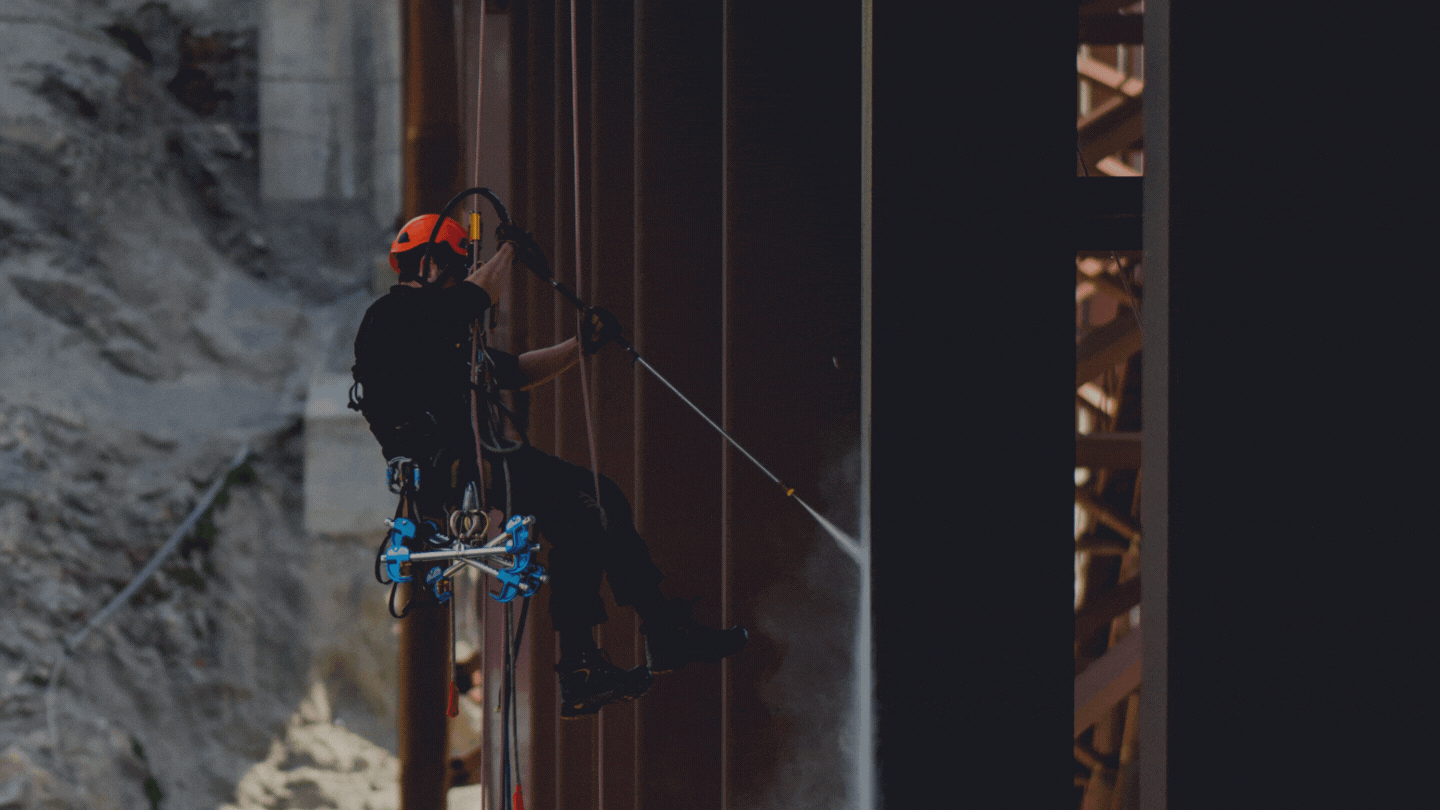
5) Rope Access Equipment
The fifth component of the rope access system that makes it safe is the management of equipment. When it comes to selecting, using, and maintaining rope access equipment, in depth procedures must be in place to ensure that the integrity of rope access equipment is maintained. Both IRATA and SPRAT practices dictate procedures surrounding the use of rope access equipment including:
- Having qualified and trained personnel that can select appropriate rope access equipment that meets legal requirements.
- Inspection schedules and procedures
- Tracing and maintenance of all rope access equipment
There are also additional local regulations and standards to follow.
It is crucial to safety that any rope access equipment used for work is fit and equipped for its intended use. Any rope access team must ensure they are following all equipment best practices as outlined in IRATA and SPRAT regulation, and their local occupational health and safety regulation and applicable safety standards.
Conclusion
Understanding the intricacies of all five elements will help you identify if the rope access work you are involved with are meeting all safety standards. Whether you are hiring a third party rope access company or involved with building your own rope access team, following the best practices for all five components will ensure your team is utilizing rope access in the safest way possible.
The details and specifics for all five components are outlined in the IRATA ICOP (International Code of Practice) and in SPRAT’s Safe Work Practices. These are public documents available on the IRATA and SPRAT websites.
In addition to implementing all these elements in our own rope access program, we can accomplish the same for your team! To get started, schedule a call!

